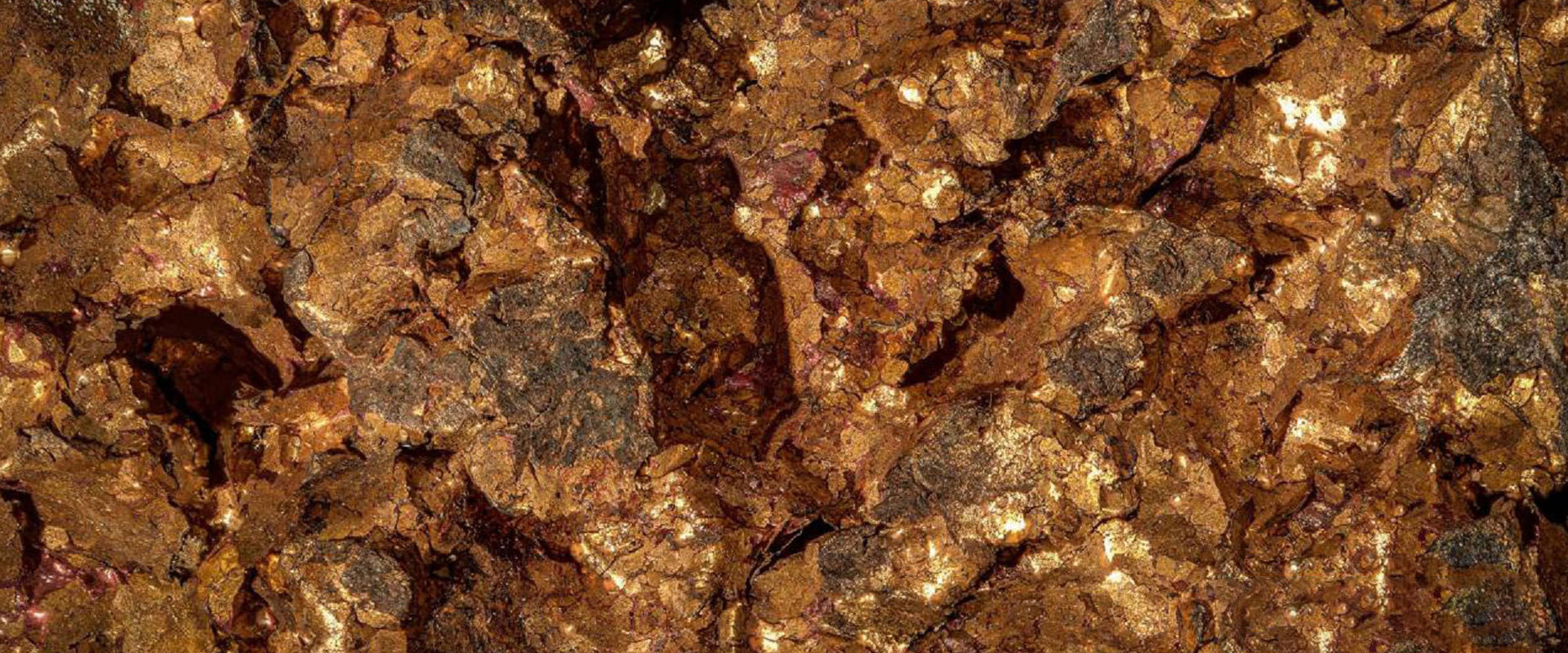This is a highly stable fluorocarbon-based acid mist suppressant formulated for direct application in copper electrowinning electrolytes. By lowering surface tension, it effectively suppresses acid mist, helping maintain a cleaner, safer working environment while also reducing corrosion and extending equipment lifespan.
Typically used in the electrowinning (EW) stage of hydrometallurgical copper refining, it can be combined with floating plastic spheres for enhanced effect. It does not generate excessive surface foam, helping to minimize reagent loss and ensuring compatibility with both solvent extraction (SX) and electrowinning (EW) systems.




 Chongqing Public Security Bureau Network Security Permit No. 50011502000737
Chongqing Public Security Bureau Network Security Permit No. 50011502000737